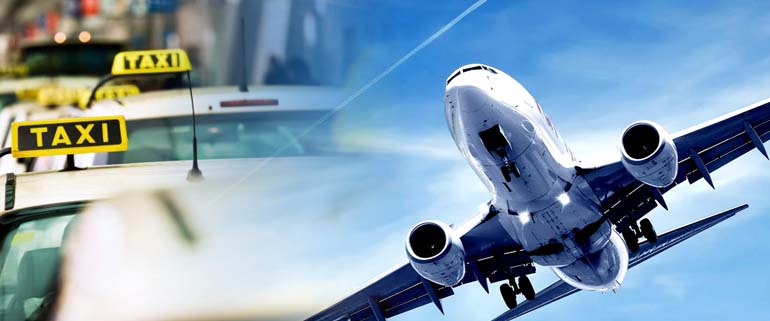What is Pico y Placa? Everything you Need to Know
If you drive in Lima traffic or take a cab from A to B, then you’ve probably heard of Pico y Placa by now. If not, we’re here to fill you in. So, what is Pico y Placa, and how does it affect you?
What is Pico y Placa? How Does It Effect You And Lima Traffic
Pico y Placa in Lima is a form of road space rationing, also known as “alternate-day travel.” Essentially, it means that some cars can’t travel on some roads during certain times. Other cities in Latin America have implemented this policy before, so it’s nothing new.
The strategy is supposed to work by reducing the number of cars on the road. This prevents backups and traffic jams, which improves overall traffic flow. However, its effectiveness in Lima remains to be evaluated.
Since its introduction in July, some modifications have occurred. On August 20th, the roads that Pico y Placa applies to were adjusted. Also, on September 10th, tractor trailers were included in the mix.
What Streets Does Pico y Placa Apply to?
First, you need to know where the measure is in effect. Unlike other cities in Latin America, Peru has just started to try this system out on a few of the busiest roads.
The Panamericana Sur and Norte, including Evitamiento, are restricted. In addition, the two biggest arteries in the city, Javier Prado and Av. Arequipa, are also included.
Javier Prado is restricted from the “Trebol” exchange with the Panamericana, all the way to the end of La Marina. Avenida Arequipa is limited from the Ovalo Miraflores until the end of Avenida Garcilaso De la Vega / Tacna, in the center of Lima.
The plan is also to include Av. Canada in the program as well, although this was delayed for the Panamerican Games in Lima.
When Does Pico y Placa Apply?
Pico y Placa in Lima is in effect from Monday to Thursday, from 6:30-10 AM and 5-9 PM. During Monday and Wednesday, license plates ending in even numbers are prohibited from using the aforementioned roads during this timeframe.
On Tuesday and Thursday, the odd numbered cars are kept off the streets. No restrictions apply to the weekend or holidays.
If you can’t remember which day applies to you, just remember: 2s drive on Tuesday.
What Cars Are Restricted by Pico y Placa?
Lima has limited two types of vehicles: M1 and N1. M1 vehicles are basically cars, including crossovers, hatchbacks, SUVs, coupes, and your average sedan. The N1 category includes vehicles with an open ben, like pickup trucks.
Since August 20th, M2 vehicles, which have more than 8 seats, have been included. This means if you have a large van, like the kind GringoTaxi offers for large groups, you are also limited by Pico y Placa.
So the big question is, is it working?
According to ElComercio, an average of 2,500 fines are imposed daily for violating the rules of P&P. You’d think that would have some impact on people’s behavior.
Author of the plan, Jorge Muñoz, claims there has been a 20% increase in average vehicle speed on the roads where the program applies. However, many of the drivers I’ve talked to point out that it just results in more vehicles on side streets, making the day easier for some and harder for others.
Another problem that alternate day driving exacerbates is income inequality. Wealthier families can afford to have multiple cars. This lets some people unfairly avoid the restrictions.
News suggests that Pico y Placa is going to be a permanent fixture on the streets of Lima and if all goes according to plan Lima traffic will improve. We’ll keep you posted if anything changes.

